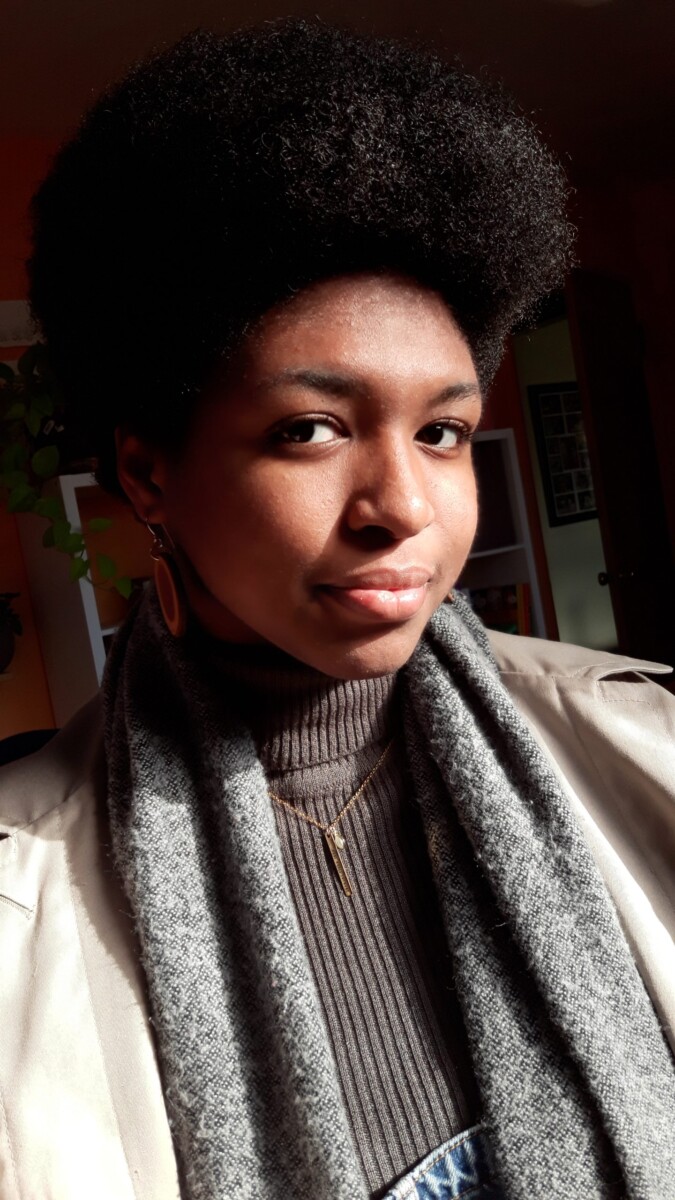There are some parallels between consumer engagement and art instillation interaction that I’ve been thinking about lately. I kind of wanted to reflect on creative projects, whether for profit or not, that are built for the moment another human being interacts with it. For context, when I’m designing, my end goal is usually just to make one complete project. The end goal is that it is done. After it’s done, people can interact with it, but that interaction was not the ultimate end goal in my mind. However, I realized through marketing class, and the creativity of communities around me, that it was about time I did a project doing exactly that.
I wanted to reflect on some of the successful ways I’ve seen creatives do that around me recently. Specifically, I enjoy the way I’ve seen design operate in a few different ways over the past week. This is one thing I’ve always loved about design – the way it is integral to creating artistic experiences built for user interaction – (like installations, or murals), and how it is integral for seamless flow of the consumer interaction as they make a purchase. Whether commodified or not, the deepness* of the interaction is managed by the designer.
Gresham Bergeron created a beautiful project called “Remnant: A memorial.” He gathered hundreds of assignments from classes no longer offered at Calvin University and covered an outdoor wall by Heimenga Hall with them. A pedestal with a clay bowl stands in front of this wall, offering a marker for students to write on these papers their own experiences. In his artist statement he asks the viewer “consider this work as an act of public mourning and contemplation.” The project was a beautiful way to give voice to a student population left reeling from program cuts in the humanities.
From a design aspect, it looks made for the space it was put in – or as if that space was made for it. I think the forethought given to student interaction was well done and full of grace. As Timothy Lin of Calvin’s newspaper Chimes so eloquently wrote, “Bergeron shifted the focus of his art to student experiences after realizing that it was the students who were left behind who had a greater need for overdue acknowledgement and a memorial space.” Over the week after it appeared, bouquets of flowers appeared to accompany it, and the paper wall filled to overflowing with the written experiences of students.
I love the moment in the workflow when Gresham pivoted to serve the people that most needed an outlet. After “Remnant” was posted on Instagram, one (of many comments) read, found healing in this piece. Sometimes it’s difficult to create a project that meets people where they are, but I (along with many other Calvin students) found “Remnant” to be timely and poignant.
In a similar way, marketers attempt to meet people where they are at – in every single step of the consumer purchasing process. Mike Wolf of the Stow Company came to meet with a 380 Marketing class at Calvin, and he was an abundant source of information on SEO (search engine optimization). It seemed to me, for some digital marketers, their full time job is guessing your every mood and move, and creating something timely that evokes a response.
For me, someone who liked to dawdle along at a homely pace in her artmaking, and for whom audience was often a passing afterthought, I felt I was missing the boat. I wanted to make something that utilized my design skills (which are difficult to think of as non-commercial tools). But I didn’t want to sell or promote anything. I wanted to play the consumer game without playing it.
So, I created the Interview Collection.
This project commodifies my frustration an insecurities when applying to jobs. As I’m nearing graduation, the process of creating a resume and self-branding means I’m constantly thinking about how my lived experiences for the past five years can be repackaged into stellar attributes I can use to market myself to an employer. I also wanted a little design practice – I had to build a small branding system for the packaging, as well as write copy for each item.
I was fascinated with the way marketers sell you a product but also imply that this product will give you intangible benefits. For example, an Apple Watch isn’t just an Apple Watch. It implies you are tech-savvy and productive. Well, why not just skip all that and buy the productivity in a box? That thought process emerged into this project.
It’s an art piece, and an online shopping experience. it touches themes of commodification, employer expectation, and stress of job applications. Yet it also prods you to think of an idealistic world where three to five years of work experience is just a click away, and the ability to perfect your grammar is just $5.00. I think the ridiculousness of the idea re-emphasizes the importance of these themes. If you’d like, you can spend time interacting with the Interview Collection as well.
The first people who had access to it were college students in various stages of senior year, to graduating, to graduated. It sounded like what I had created was relatable to their experiences.
I’ve been loving the way design + art around me has been blossoming into fruitful interactions. Sure, you always assume someone is going to see your work, but lately I’ve been truly inspired by the projects where your audience is the most integral part of the design process. Having an audience is inevitable. But I’m learning instead of tiptoeing about one’s audience, sometimes it’s good to pivot and hit them running.




